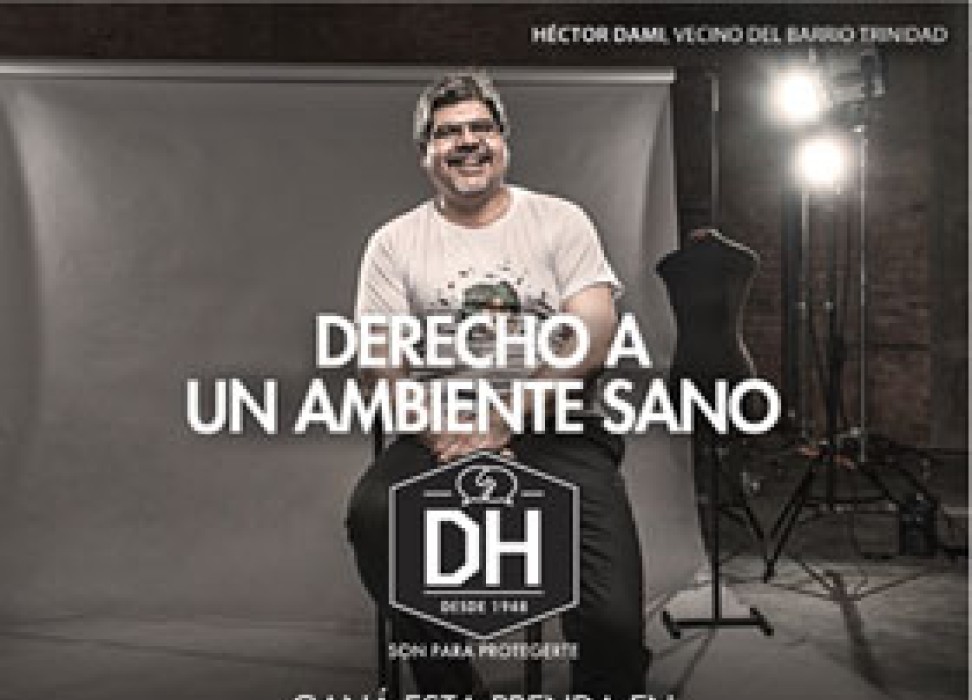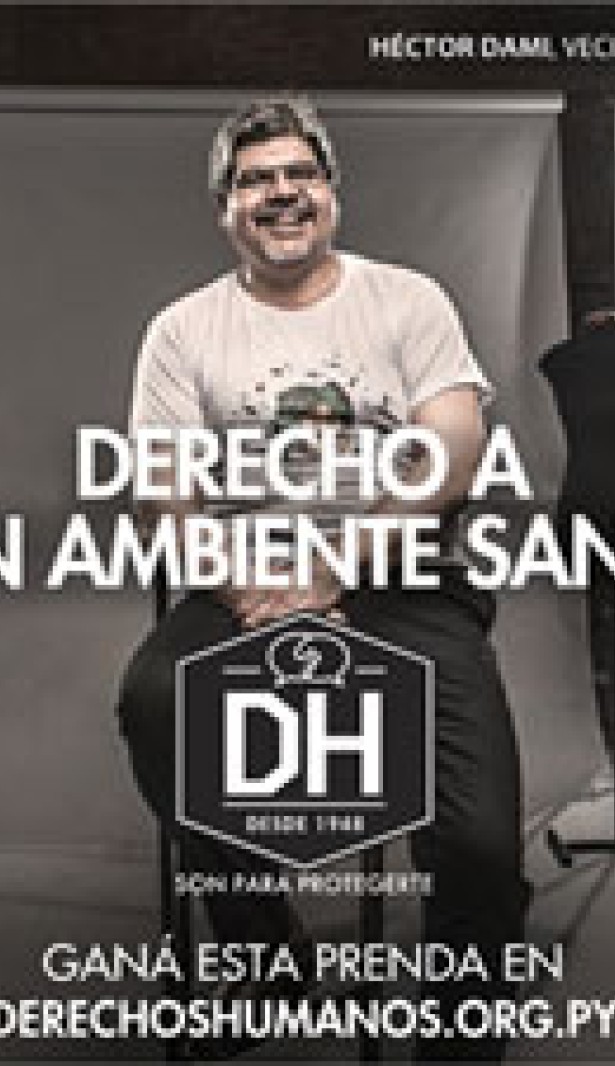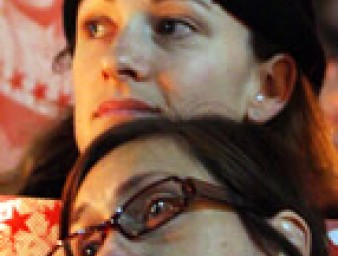Fashion used to show human rights
03 February 2015

Fashionable items exposed in a travelling pop up store would not be the first thing that comes to mind when thinking of people’s inherent rights. But a unique project in Paraguay demonstrated how fashion can help promote human rights.
The “Derechos Humanos, Son Para Protegerte” campaign was a collaboration of the UN Human Rights Office in Paraguay with the civil society organizations Amnesty International, Coordinadora de Derechos Humanos del Paraguay (CODEHUPY) and Serpaj Paraguay with international donors support. The idea behind the campaign was to raise awareness among the general public of some basic human rights.
In Paraguay, many people associate human rights with criminals or the criminal justice system, said Liliana Valina, Human Rights Adviser of the UN Human Rights Office. Many people do not realize how human rights fit their everyday lives and protect everyone.
Working with 13 of the country’s top graphic designers and artists, the campaign selected 13 basic human rights to promote. The rights included: the right to be free and equal, freedom of expression, the right of assembly, the right to universal health, the right to education, and the right to work.
Each right was then illustrated by a designer and the illustrations incorporated onto a fashion item – such as s T-shirt, handbag, scarf or tie. A limited number of each item was then produced.
“Our participation in this campaign is proof of the office’s commitment to disseminate human rights with civil society partners, taking advantage of local creativity and joining the media and artists to improve the knowledge on this issue,” she said.
But these highly covetable products could not be bought. The only way to get them was to take a quiz that tested knowledge on issues specific to those human rights.
The quiz, which could be taken online, consisted of 18 questions, with three levels of prizes. Reaching a certain level earned you a particular fashion item. Participants could register their winning scores with the website and show up at the “shop” to claim their prize. The shop was essentially a travelling store front that would be set up in various places around the country’s capital, Asunción, as well nearby cities.
In the shop, people could claim prizes they had won, see the prizes in person and even take the test via tablets inside the shop. The location of the shop was announced on the campaign website, newspapers and television. In social media, many famous Paraguayans shared the location from their personal accounts.
More than 4,000 people took the survey and participated in the contest. Valina said the campaign has helped to change knowledge surrounding human rights. In participant feedback and post-test interviews, many commented on how much they learned about their rights, she said.
“Human rights must be part of the life of every person, every family and society,” Valina said. “The art, fashion and different kind of expressions can be excellent vehicles to help Paraguay to embrace human rights to combat discrimination and improve conditions to access fundamental rights and freedoms.”
3 February 2015

